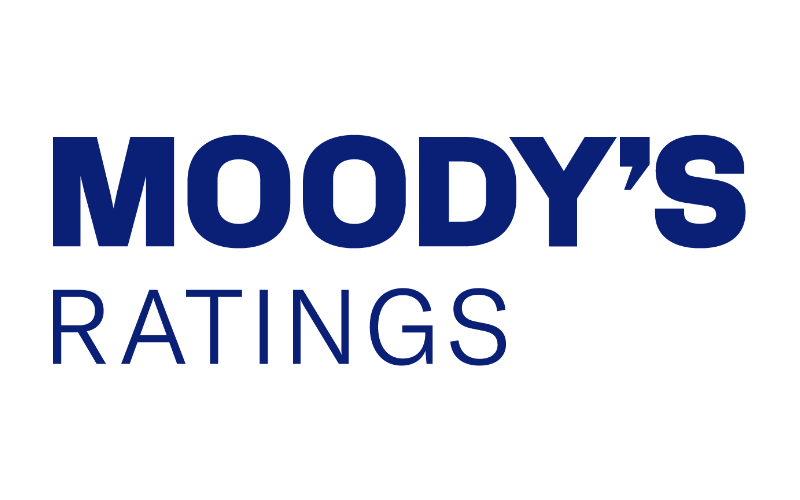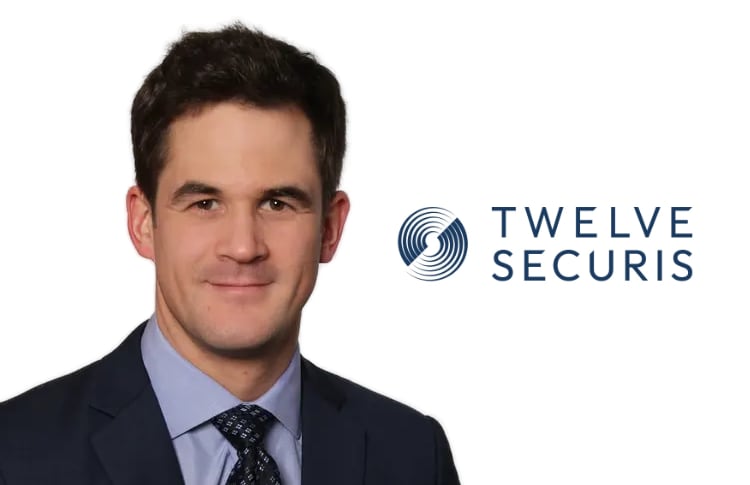
Global reinsurance firm Hannover Re has the capital markets at the heart of its core catastrophe retrocession program, with investors supporting some 80% of its aggregate retro and 78% of its Cat XL coverage through K-Cessions.On the whole account side, the capital markets and insurance-linked securities (ILS) investors are a little less common, although it seems a growing component of Hannover Re’s coverage.Hannover Re has long tapped the capital markets to support its retrocessional reinsurance needs, most notably through its K-Cessions, fully collateralised quota share sidecar type vehicle.The largely capital markets backed K-Cessions quota share retro reinsurance sidecar facility , of which it now turns out 78% of the capital backing the vehicle is from capital market investors.
The reinsurer recently revealed that it has 24 participants in the K-Cessions sidecar vehicle in 2020.Hannover Re also has a large loss aggregate excess-of-loss worldwide retro reinsurance arrangement, which is EUR 200 million in size and attaches above EUR 650 million of losses to the reinsurer.This aggregate retro layer is 80% backed by the capital markets and 77% of the limit is fully collateralised.
There are 10 participants providing this aggregate retro cover to Hannover Re.Hannover Re also has $42 million of catastrophe swaps in its catastrophe retro tower, plus a whole account cover providing EUR 325 million.The whole account retrocession arrangement has less capital markets involvement, with only 21% of the limit provided by capital market investors despite the fact this layer has 59 participants in total.
As a result, the whole account worldwide retro layer is just 25%, or EUR 81 million collateralised.The idea of the retro program, which has been steadily strengthened over recent years, is that Hannover Re should not take a significant percentage of any major industry catastrophe loss, with its retrocessionaires shouldering a proportion of most loss events.The strategic objectives are to protect capital in case of major loss events, manage the reinsurers risk appetite and not allow any single event to be particularly impactful.
Hence, given the significant percentage of its retro program backed by capital market and ILS investors, Hannover Re puts great reliance on its relationships with this market for its own business success.Alongside , this shows the importance of the ILS market to Hannover Re’s own strategy and the key role capital market investors play in its business.Hannover Re recently said that it , as the company feels it has passed on fewer losses to its counterparties than many other reinsurers.
In 2019, , demonstrating the robustness of its program.———————————————————————.All of our Artemis Live insurance-linked securities (ILS), catastrophe bonds and reinsurance can be accessed online.Our can be subscribed to using the typical podcast services providers, including Apple, Google, Spotify and more.
Publisher: Artemis








